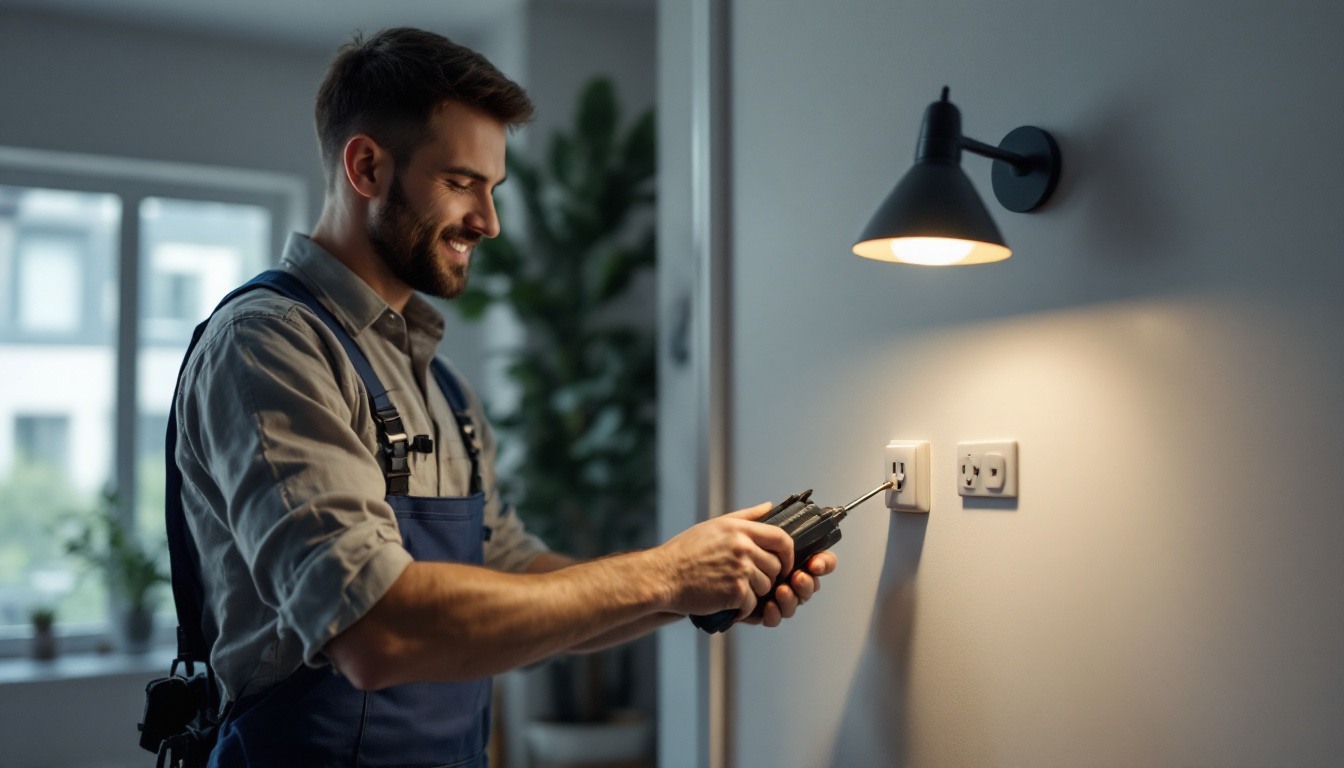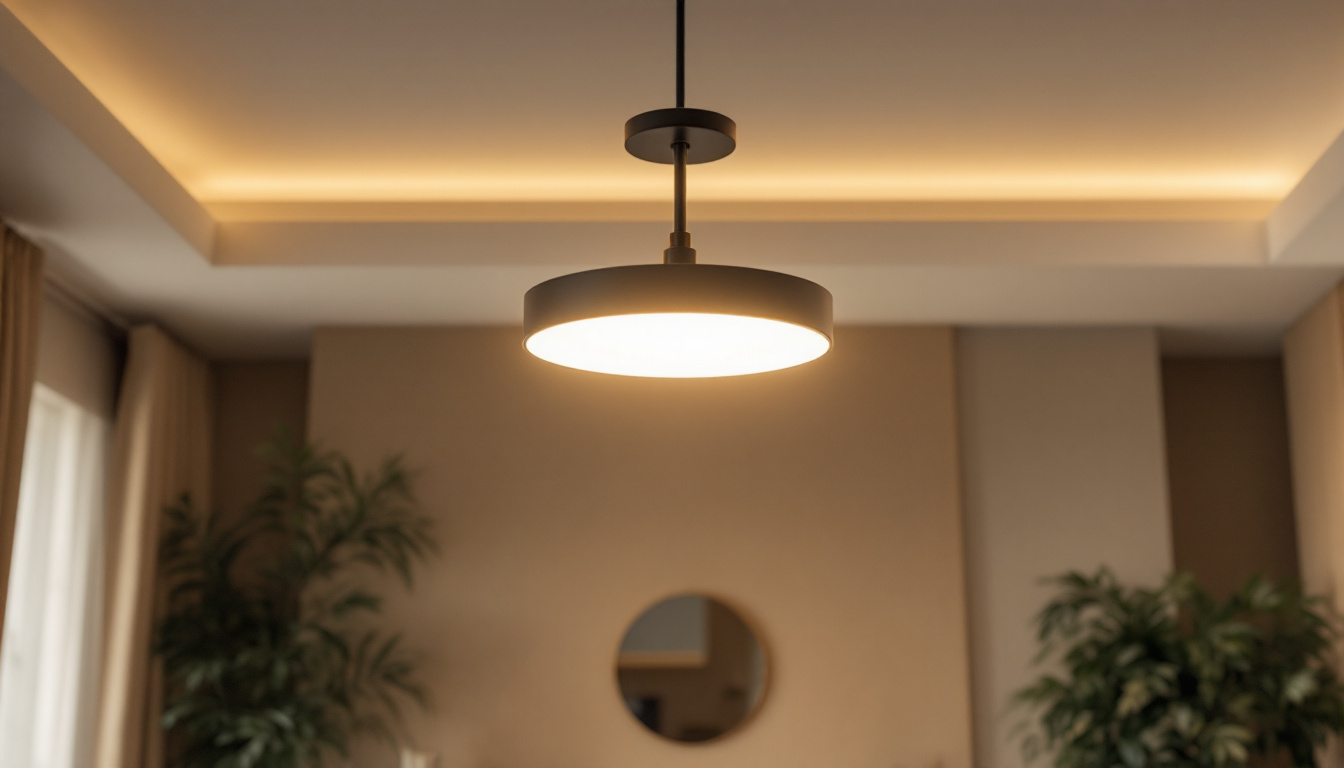

In the world of electrical work, lighting contractors often encounter the need to replace outlets. Whether due to wear and tear, damage, or simply upgrading to more modern options, understanding the nuances of outlet replacement is essential. This article provides quick tips that can help streamline the process, improve safety, and enhance overall efficiency.
Before diving into the replacement process, it’s crucial to familiarize oneself with the various types of outlets available. Each type serves a specific purpose and comes with its own set of installation requirements. Knowing the differences can help you make informed decisions about which outlets best suit your needs and ensure safety in your home or workspace.
Standard outlets, also known as duplex outlets, are the most common type found in residential and commercial settings. They typically feature two vertical slots and a grounding hole. When replacing these outlets, ensure that the new unit matches the amperage of the existing wiring, usually 15 or 20 amps. Additionally, it’s wise to consider the placement of these outlets; for instance, in living areas, they should be positioned conveniently to accommodate various devices, from lamps to chargers, while also adhering to local building codes regarding spacing.
Ground Fault Circuit Interrupter (GFCI) outlets are designed to prevent electrical shock by cutting off power when they detect an imbalance in the electrical current. These outlets are essential in areas prone to moisture, such as bathrooms and kitchens. When replacing a GFCI outlet, it’s important to ensure that the wiring is correctly connected to maintain its protective features. Furthermore, GFCI outlets often come with a test and reset button, which should be easily accessible. Regularly testing these outlets is advisable to ensure they function correctly, as they play a critical role in safeguarding against electrical hazards.
Smart outlets offer advanced features, including remote control and energy monitoring via smartphone apps. As technology continues to evolve, these outlets are becoming increasingly popular. When installing a smart outlet, be sure to follow the manufacturer’s instructions closely, as they may require a secure Wi-Fi connection and specific configurations. Beyond convenience, smart outlets can contribute to energy savings by allowing users to schedule devices to turn off when not in use, thus reducing electricity consumption. Additionally, many smart outlets are compatible with voice-activated assistants, enabling hands-free control, which adds an extra layer of convenience to your daily routine.
Having the right tools and materials on hand can significantly ease the process of replacing an outlet. Below is a list of essential items that should be in every lighting contractor’s toolkit.
1. **Screwdrivers**: A flathead and Phillips screwdriver are necessary for removing and installing outlet covers and screws. It’s advisable to have a variety of sizes to accommodate different outlet types and configurations, ensuring that you can tackle any job efficiently.
2. **Wire Strippers**: These are crucial for stripping insulation from electrical wires when connecting them to the new outlet. A good pair of wire strippers will also allow you to cut wires to the desired length, making your work cleaner and more precise.
3. **Voltage Tester**: Safety is paramount. A voltage tester helps ensure that the power is off before beginning any work. Consider investing in a non-contact voltage tester, which provides an added layer of safety by allowing you to check for live wires without direct contact.
1. **Replacement Outlet**: Choose a high-quality outlet that meets the necessary electrical standards. It’s important to select the right type of outlet for your specific needs, whether it’s a standard 15-amp outlet or a GFCI outlet for wet areas like kitchens and bathrooms.
2. **Wire Nuts**: These are used to secure wire connections safely. Make sure to have a variety of sizes on hand, as different gauge wires may require different sized wire nuts for a secure fit.
3. **Electrical Tape**: This provides extra insulation and security for wire connections. In addition to standard black electrical tape, consider having colored tape available to help identify different circuits or wire types during your projects.
4. **Cable Ties**: These are useful for organizing and securing wires, helping to maintain a tidy workspace and prevent tangling or accidental disconnections during installation.
5. **Safety Goggles and Gloves**: Protecting yourself is crucial when working with electrical systems. Safety goggles will shield your eyes from debris, while insulated gloves can help prevent accidental shocks when handling live wires.
Safety should always be the top priority when working with electrical systems. Here are some quick tips to keep in mind.
Before starting any work, it is essential to turn off the power at the circuit breaker. This step cannot be overstated, as it protects against electrical shock. Use a voltage tester to confirm that the outlet is not live before proceeding. Additionally, it is wise to label the circuit breaker to avoid accidental reactivation while you are working. If you are unsure which breaker controls the circuit, consider turning off the main power supply to the entire house to ensure maximum safety.
Wearing appropriate protective gear, such as gloves and safety glasses, can help prevent injuries. This is especially important when working in environments where debris or sharp objects may be present. In addition to gloves and glasses, consider using insulated tools designed specifically for electrical work. These tools can provide an extra layer of protection against accidental contact with live wires. Furthermore, wearing non-slip footwear can help maintain stability, especially when working on ladders or uneven surfaces, reducing the risk of falls and other accidents.
Replacing an outlet can be straightforward if you follow a systematic approach. Below is a step-by-step guide to ensure a successful replacement.
1. **Unscrew the Outlet Cover**: Begin by removing the outlet cover plate using a screwdriver.
2. **Unscrew the Outlet**: Once the cover is off, unscrew the outlet from the electrical box.
3. **Disconnect the Wires**: Carefully disconnect the wires from the old outlet, taking note of their placement for the new installation. It can be helpful to take a photo of the wiring before removal, as this will serve as a reference when connecting the new outlet. Ensure that the power is turned off at the circuit breaker to avoid any electrical hazards during this process.
1. **Connect the Wires**: Attach the wires to the new outlet according to the configuration of the old one. Typically, black wires connect to the brass screws, white wires to the silver screws, and green or bare wires to the ground screw. If your new outlet is a GFCI (Ground Fault Circuit Interrupter), be sure to follow the specific instructions that come with it, as these outlets have additional wiring requirements to ensure safety in areas prone to moisture.
2. **Secure the Outlet**: Once the wires are connected, gently push the outlet back into the electrical box and secure it with screws. It’s important to ensure that the outlet is level and flush with the wall to maintain a professional appearance and to prevent any damage to the outlet or the wall itself.
3. **Reattach the Cover Plate**: Finally, place the cover plate back on and secure it with screws. Before you turn the power back on, double-check that all screws are tightened and that there are no exposed wires. This extra precaution can prevent potential electrical shorts or hazards. After securing everything, restore power at the circuit breaker and test the outlet to ensure it is functioning properly. If you have a voltage tester, this is a good time to verify that the outlet is live and working as expected.
After installation, it is vital to test the new outlet to ensure it functions correctly. This step is crucial for both safety and functionality.
Before turning the power back on, use a voltage tester to check the connections. This tool will help confirm that everything is wired correctly and that there are no shorts.
Once the power is restored, plug in a device to test the outlet. If the device powers on without issue, the installation is successful. If there are problems, double-check the wiring connections.
Even with careful installation, issues can arise. Here are some common problems lighting contractors may encounter and how to troubleshoot them.
If the new outlet does not work, first check the circuit breaker to ensure it hasn’t tripped. If the breaker is fine, use a voltage tester to check if power is reaching the outlet. If there is no power, the issue may lie further back in the circuit.
Loose connections can lead to intermittent power or sparks. If this occurs, turn off the power and inspect the wiring. Ensure that all connections are tight and secure before reassembling the outlet.
As technology advances, so do electrical standards. Upgrading outlets to meet current codes can enhance safety and functionality.
1. **Amperage Ratings**: Ensure that the new outlet matches or exceeds the amperage of the existing wiring.
2. **Type of Outlet**: Depending on the application, consider upgrading to GFCI or smart outlets to enhance safety and convenience.
Before making any upgrades, it is essential to consult local electrical codes. Compliance with these regulations ensures safety and legality in all electrical work.
Replacing outlets is a fundamental skill for lighting contractors, and understanding the process can lead to improved safety and efficiency. By following the tips outlined in this article, contractors can navigate outlet replacements with confidence and professionalism.
Staying informed about the latest outlet types, safety precautions, and installation techniques will not only enhance the quality of work but also foster trust with clients. Continuous learning and adaptation to new technologies will ensure that lighting contractors remain competitive in a rapidly evolving industry.
In conclusion, whether it’s a simple replacement or an upgrade to modern standards, being equipped with the right knowledge and tools is key to successful outlet installations. Embrace these quick tips and elevate your electrical work to new heights.
Ready to take your lighting projects to the next level? At LumenWholesale, we provide lighting contractors like you with the highest quality, spec-grade lighting products at prices that can’t be beaten. Say goodbye to local distributor markups and hello to our extensive selection that meets rigorous industry standards. With free shipping on bulk orders, you can stock up on everything you need without the worry of hidden fees. Elevate your electrical work with the perfect combination of quality, affordability, and convenience. Wholesale Lighting at the Best Value is just a click away. Make the smart choice for your business with LumenWholesale.

Discover the common pitfalls lighting contractors face when determining the number of fixtures needed for warehouse spaces.

Discover the essential insights every lighting contractor needs to know about ceiling light fixtures.

Explore the intriguing science behind the numbers 6.3 and 3.2 and their significance for lighting contractors.

Discover the transformative impact of solar power light bulbs on the lighting industry.
Get notified when NEW deals are released.
Optimize your budget with wholesale discounts.
Only top-quality, specification-grade lighting products.
No additional costs at checkout - what you see is what you pay.
We understand the unique needs of contractors.